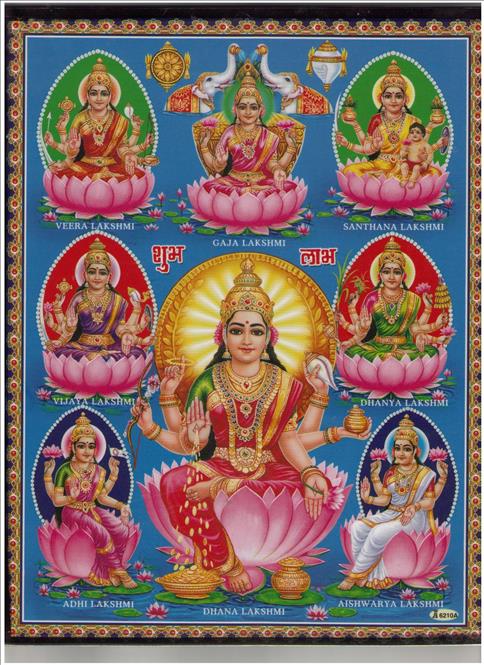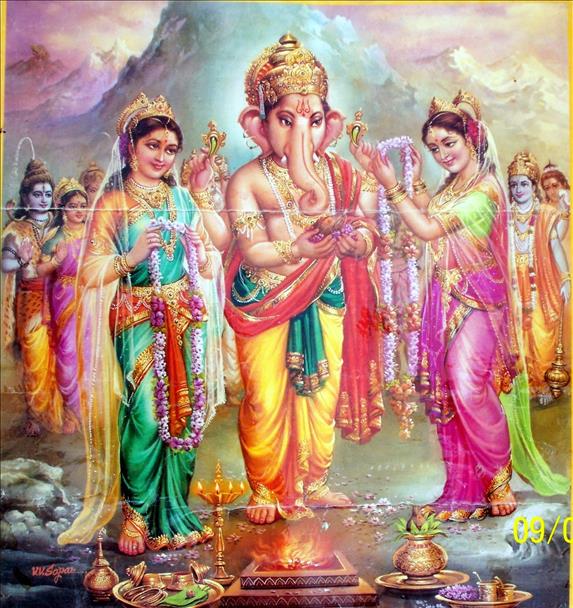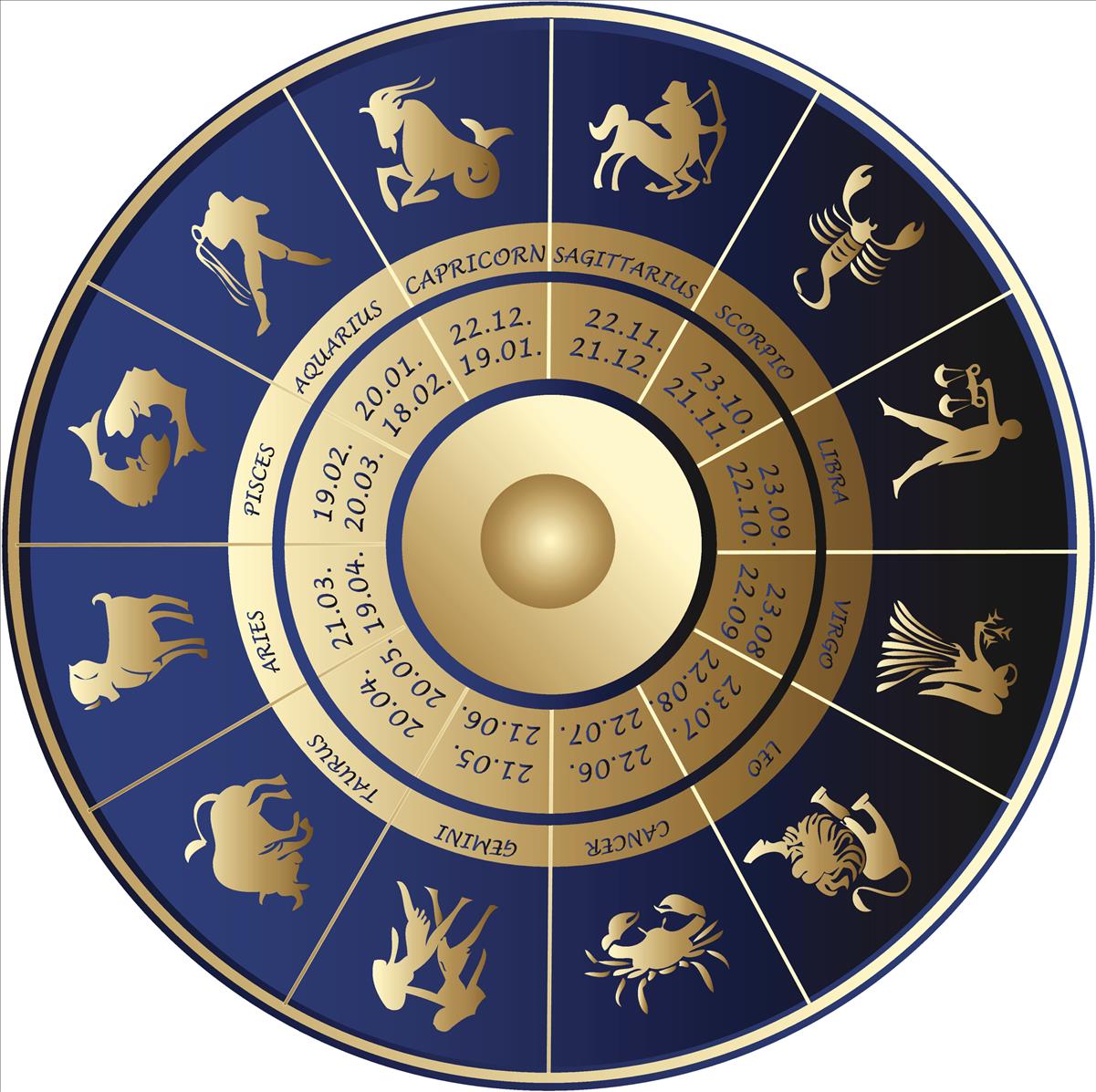Deepawali celebrations are fixed for the Amavasya (New Moon) night of the month of Kartika but this Amavasya is not a mathematically counted day but the outcome of the planetary position.
The Zodiac is divided into 12 parts with 12 Zodiac signs, namely, Aries, Taurus, Gemini, Cancer, Leo, Virgo, Libra, Scorpio, Sagittarius, Capricorn, Aquarius, and Pisces.
The cycle of the Sun’s movement across them is the basis for determining both Deepawali as well as Holi, the other as much popular festival of India.
Deepawali occurs on the day Sun transits from Virgo, the sixth sign, into Libra, the seventh, a planetary position on the Kartika Amavasya.
From this Amavasya the latter half of the planetary year begins.
The planetary position on this day determines the prospects across the year of those born under a zodiac sign and the society in general, the nation and the world.
Being linked with the arrival of crop, which equips all human beings with buying capacity, Deepawali has special meaning for traders, and accordingly they maintain their account books from Deepawali to Deepawali, often maintaining this periodicity as their calendar.
The Rituals
Lakshmi is unanimously revered as the presiding deity of Deepawali. As the Goddess of Wealth, she bestows riches, prosperity, fertility and well-being.
In its Gautami-Mahatmya part, the Brahma Purana perceives Her as God’s Grace, Grace of penance and yajna, one who gives prosperity, fame, popularity, learning, intellect, happiness, salvation, forbearance, accomplishment of all desired, quiescence, and all faculties of mind, and as one who herself is the water, earth, space, light, darkness, Maya, and all that is manifest and not manifest.
Hence, in Deepawali rituals, Lakshmi is worshipped thrice. Analogous to Kala Ratri, the first night after the Great Deluge when the process of recreation commenced, Deepawali begins its rituals with the joint worship of Lakshmi and Ganesh, one representing the primordial energy and the other who channelled it into creative process by controlling detriments.
Remover of Obstacles
The image of Ganesh, when accompanied by his consorts Riddhi and Siddhi, has greater auspices. While Ganesh checks negatives, Riddhi and Siddhi operate and produce results.
This joint worship of Lakshmi and Ganesh is followed by the worship of the Nine Planets, 64 Yoginis (manifest forms of primordial energy), 16 mothers, knowledge of architecture, Brahma, Vishnu and Shiva.
Then, Lakshmi is worshipped independently without Ganesh. Different from primordial energy she is now worshipped as the Goddess of riches and abundance.
Hence, before she is worshipped scriptures prescribe worship of Yaksha Kuber, the custodian of riches. And finally, after one has worshipped the means of livelihood, means of rituals and knowledge, Lakshmi is worshipped again, and this time the related hymn is thrice recited, thrice is made offering, and thrice should bow the head as the goddess pervades all three worlds and prayers should reach them all.

Ashtalakshmi- Eight forms of Goddess of Wealth

Lord Ganesha with Riddhi and Siddhi

The 12 Signs of the Zodiac




